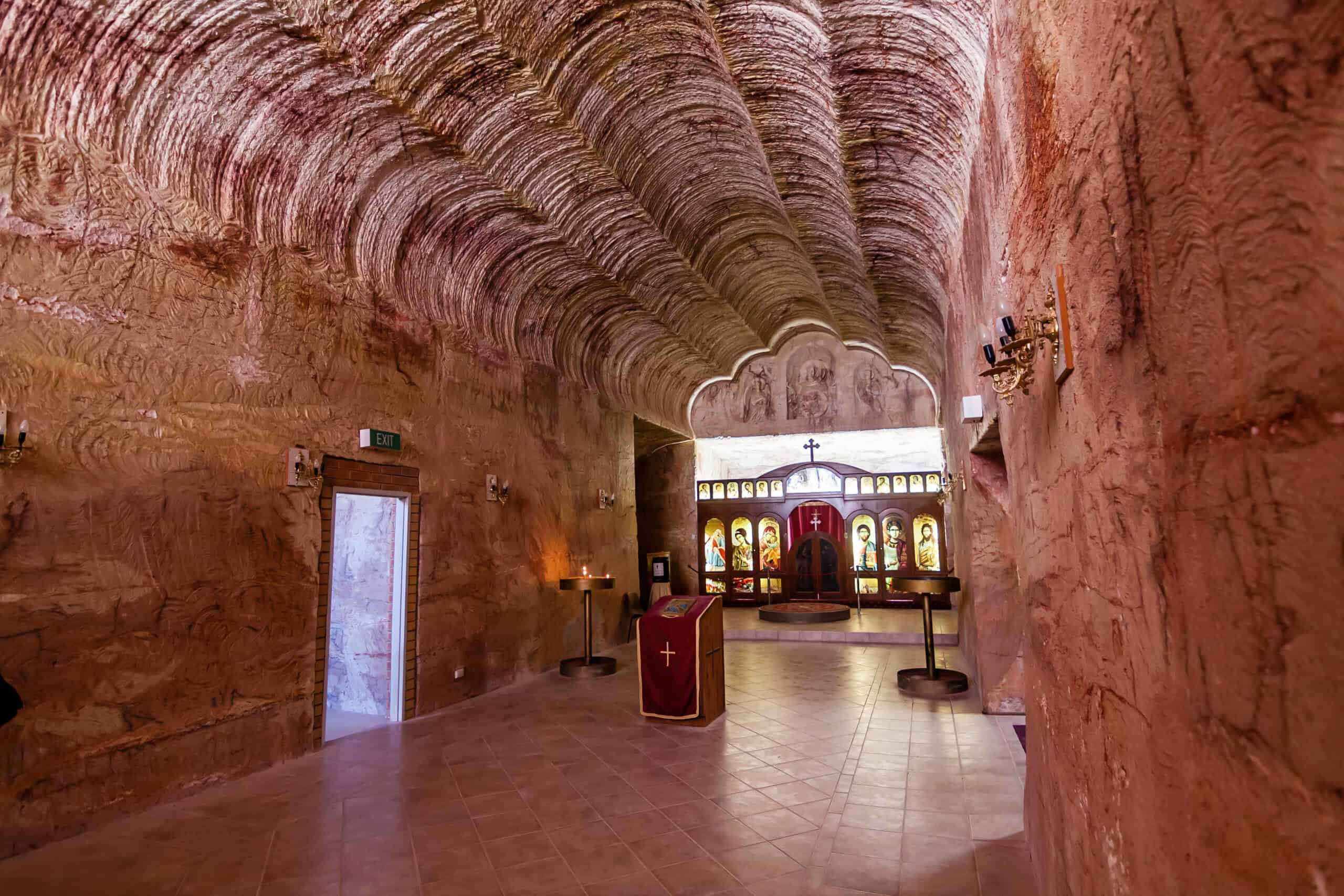Wildlife sanctuaries play a crucial role in the conservation of exotic animals, providing safe havens where endangered species can thrive. These protected areas offer the animals a chance to live and breed without the threats of poaching, habitat loss, and human interference. By mimicking natural habitats, sanctuaries ensure that these creatures can engage in their natural behaviors while also contributing to vital conservation efforts. From the majestic Bengal tiger to the elusive snow leopard, these sanctuaries are essential in preserving the planet’s most vulnerable species for future generations.
Bengal Tiger
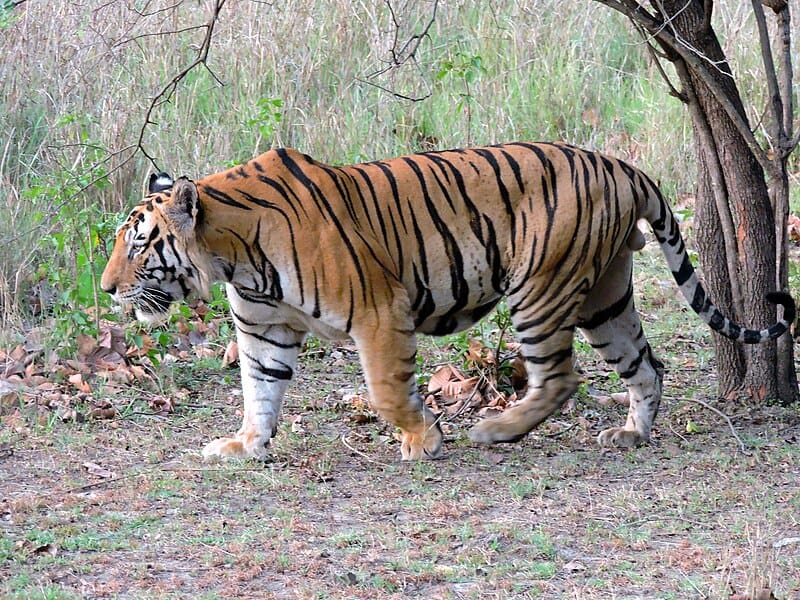
The Bengal tiger is a majestic predator native to the Indian subcontinent. In wildlife sanctuaries, these tigers are protected from poaching and habitat loss, allowing their population to slowly recover. Sanctuaries offer vast, natural enclosures that mimic their wild habitats, ensuring they can hunt, play, and live naturally. Conservation efforts focus on maintaining genetic diversity and educating the public about the species’ importance. These sanctuaries play a crucial role in preventing the extinction of one of the world’s most iconic big cats.
Orangutan
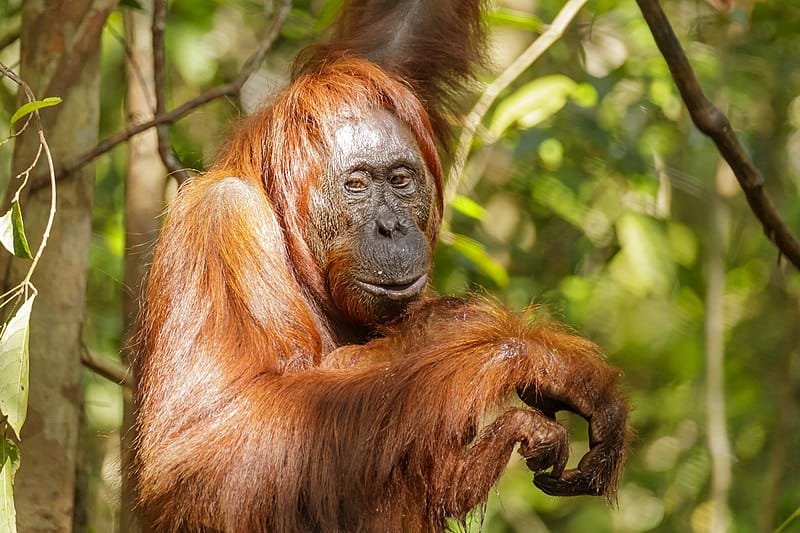
Orangutans, the great apes of Southeast Asia, are increasingly finding refuge in wildlife sanctuaries as deforestation threatens their natural habitats. Sanctuaries provide these intelligent creatures with a safe environment where they can live in social groups and engage in natural behaviors. Rehabilitation programs also exist, helping rescued orangutans regain their strength before being reintroduced to the wild. These sanctuaries often double as research centers, contributing valuable insights into orangutan behavior and conservation. The work being done in these sanctuaries is critical for the survival of this endangered species.
African Elephant

African elephants, the largest land mammals, thrive in the protected environments of wildlife sanctuaries across Africa. These sanctuaries offer expansive areas for the elephants to roam, providing them with the space they need to maintain their complex social structures. Sanctuaries also protect elephants from poaching, which remains a significant threat due to the illegal ivory trade. Through education and sustainable tourism, these sanctuaries help fund conservation efforts, ensuring the future of the species. The sanctuaries also play a role in research, contributing to the understanding of elephant behavior and ecology.
Snow Leopard
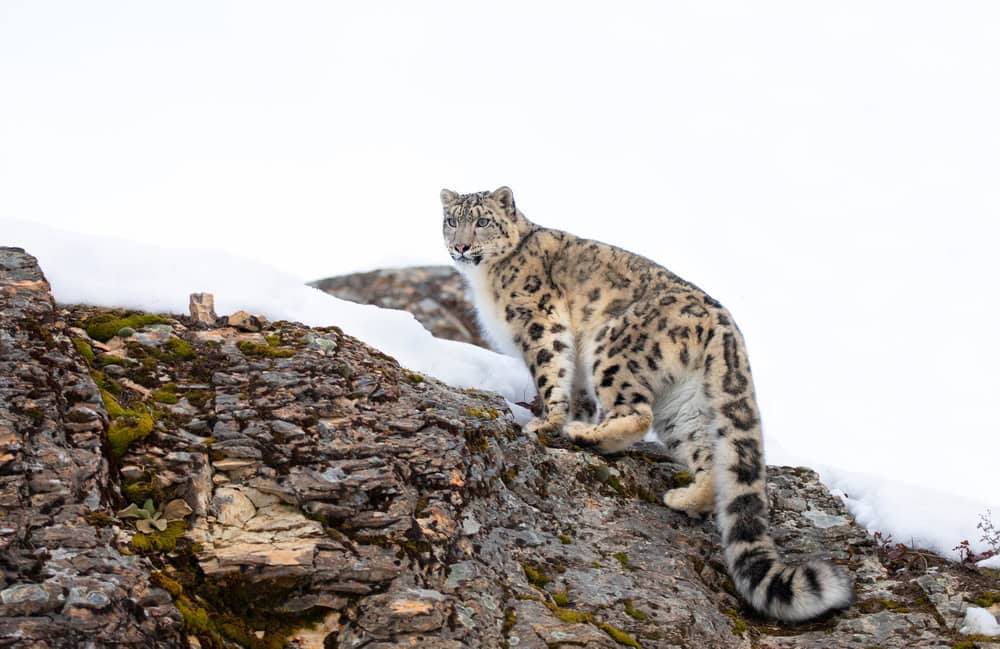
Snow leopards, elusive and endangered, are being given a second chance at life through wildlife sanctuaries in Central Asia. These sanctuaries recreate the rugged, mountainous terrain that snow leopards call home, allowing them to thrive in a setting similar to the wild. By protecting snow leopards from poaching and habitat destruction, sanctuaries are helping stabilize their populations. Education and awareness campaigns run by these sanctuaries are also vital in changing local attitudes towards these majestic cats. The continued existence of snow leopards depends heavily on the success of these conservation efforts.
Giant Panda
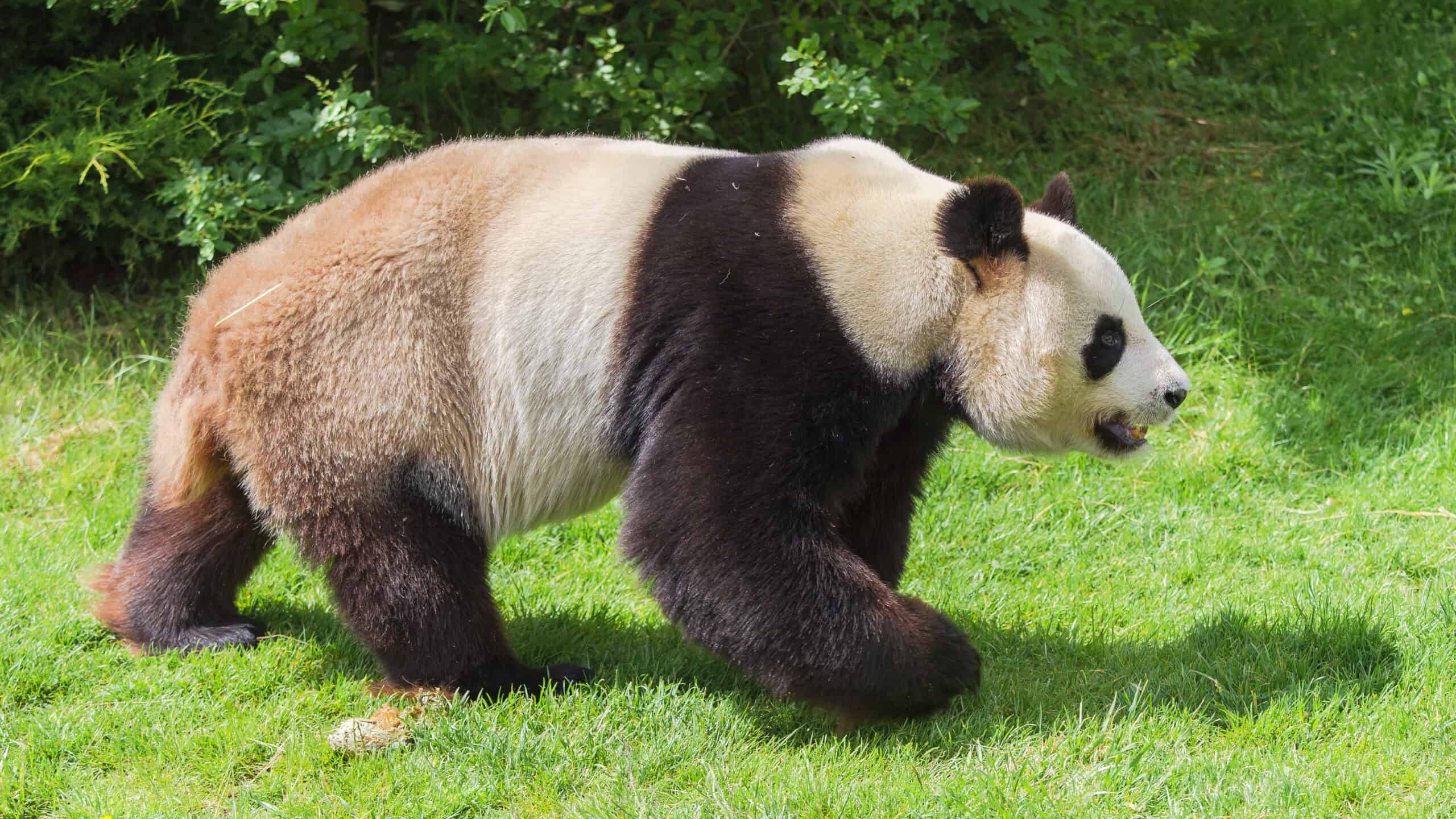
The giant panda, a symbol of wildlife conservation, is one of the most well-known inhabitants of wildlife sanctuaries in China. These sanctuaries provide a safe haven where pandas can breed, eat their favorite bamboo, and live without the threat of habitat loss. Intensive breeding programs within these sanctuaries have been successful in increasing panda populations, bringing the species back from the brink of extinction. The sanctuaries also serve as educational centers, helping to raise global awareness about the importance of biodiversity. Protecting the giant panda has become a worldwide conservation priority.
Sumatran Rhino
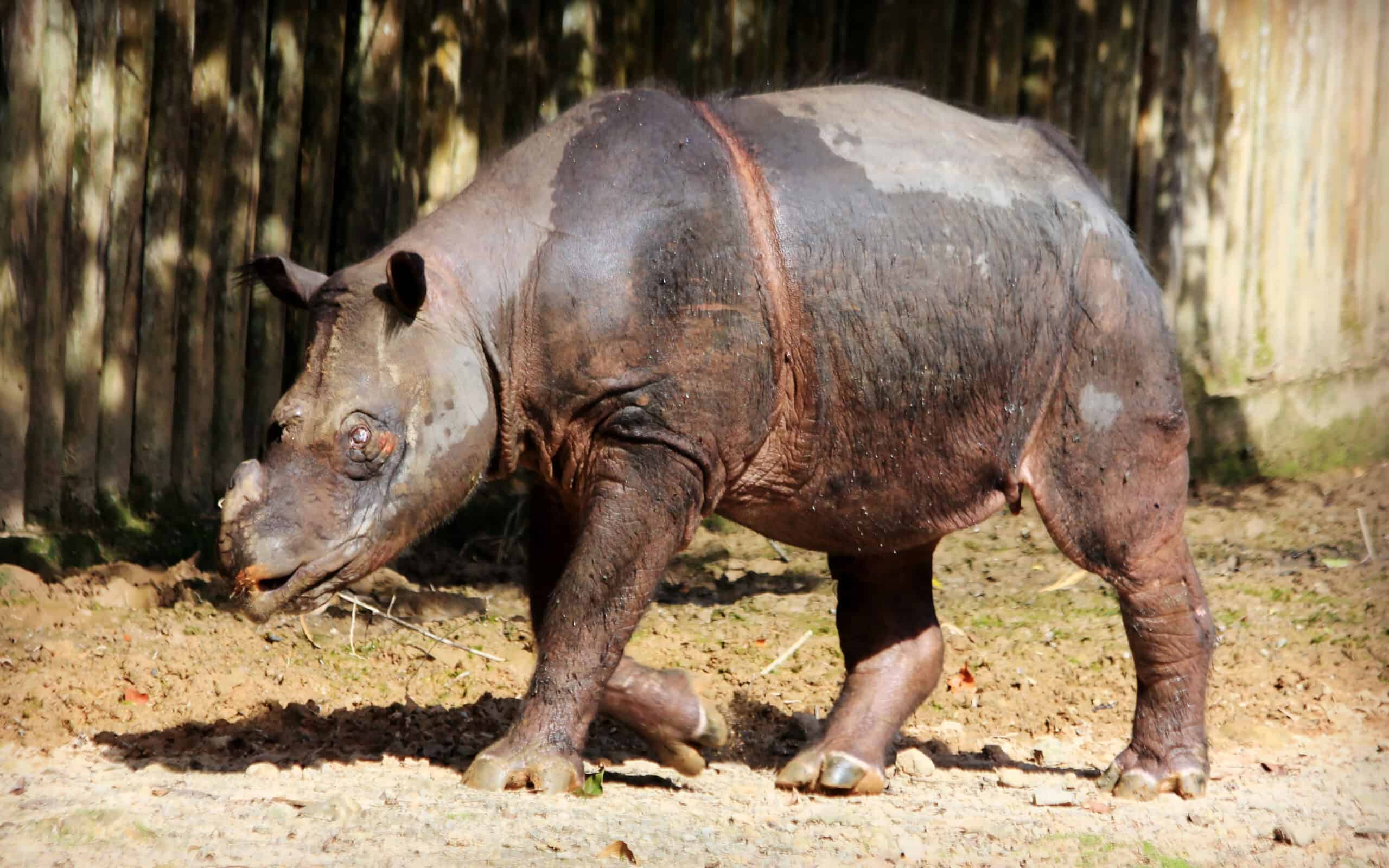
The critically endangered Sumatran rhino finds refuge in specialized sanctuaries across Indonesia. These sanctuaries focus on providing a natural and secure environment where the rhinos can breed and live away from the dangers of poaching and habitat destruction. Conservationists in these sanctuaries work tirelessly to ensure the species’ survival, including implementing advanced reproductive techniques. Public awareness and education campaigns are also integral, encouraging support for the conservation efforts. The sanctuaries are a lifeline for this rare and ancient species, whose numbers are critically low.
Grévy’s Zebra
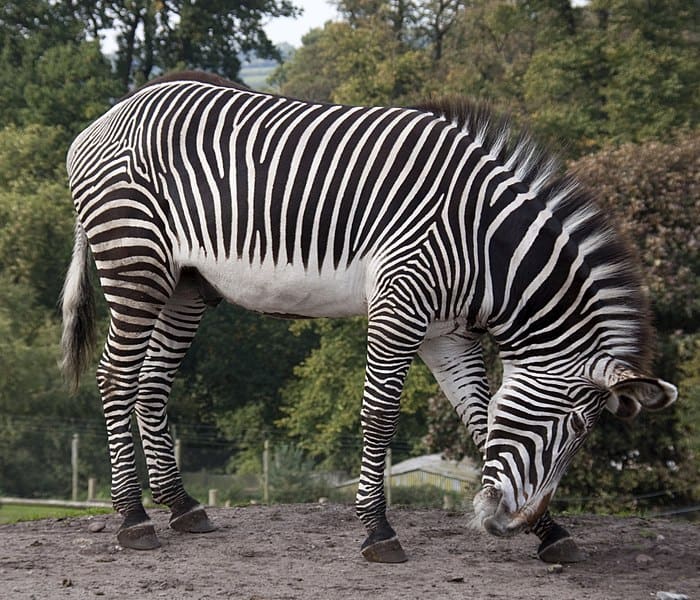
Grévy’s zebras, the largest and most endangered of the zebra species, thrive in the vast grasslands of African wildlife sanctuaries. These sanctuaries provide the zebras with the open space they require to graze and maintain their social structures. Protection from poaching and habitat loss is crucial, and the sanctuaries offer a safe environment where these threats are minimized. Conservation programs often include community involvement, promoting coexistence between local populations and wildlife. By safeguarding Grévy’s zebras, sanctuaries play a pivotal role in preserving this unique species.
Red Panda
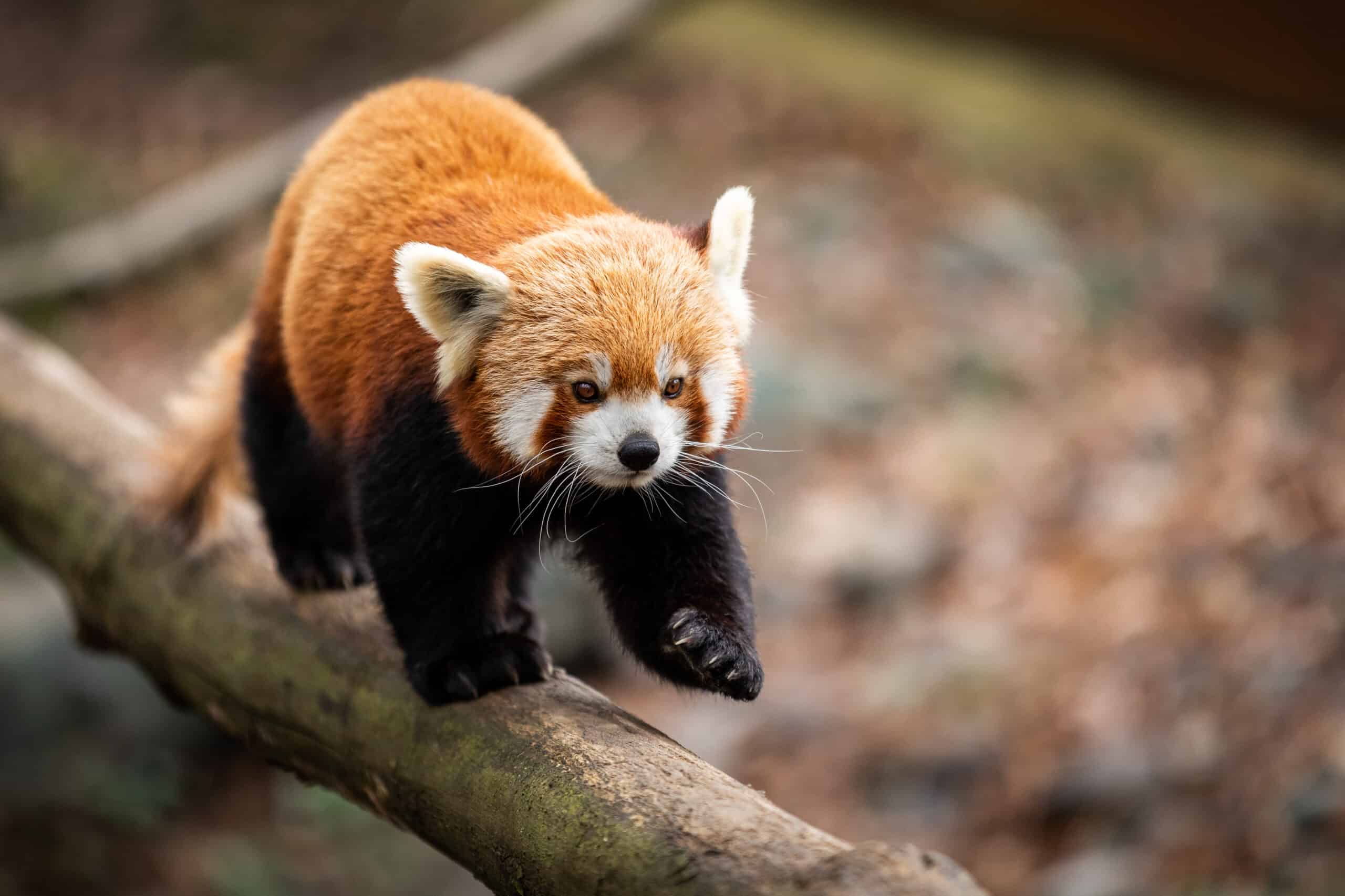
Red pandas, with their striking rust-colored fur and bushy tails, find sanctuary in protected areas across the Himalayas and other regions. Sanctuaries offer these shy, arboreal animals the perfect environment to thrive, away from the threats of deforestation and poaching. Conservation efforts within these sanctuaries focus on breeding programs and habitat restoration. Public education is also a key component, raising awareness about the red panda’s plight and the importance of forest conservation. These sanctuaries are essential for the survival of this lesser-known but equally charismatic species.
Black Rhino
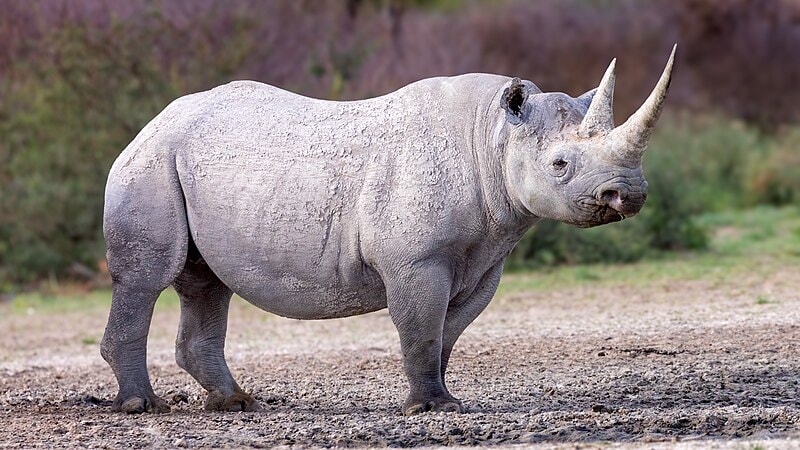
The black rhino, once on the brink of extinction, is making a slow recovery thanks to the efforts of wildlife sanctuaries in Africa. These sanctuaries provide a protected environment where black rhinos can live and breed without the constant threat of poaching. Anti-poaching measures, including patrols and surveillance, are a key part of these sanctuaries’ operations. Breeding programs within the sanctuaries also help to increase population numbers and maintain genetic diversity. The sanctuaries are a beacon of hope for the future of the black rhino.
Amur Leopard
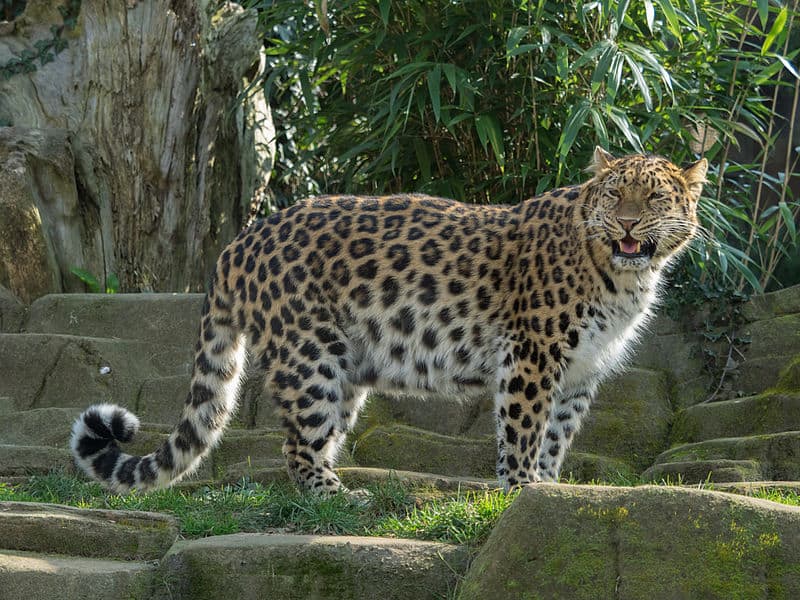
The Amur leopard, one of the world’s rarest big cats, thrives in the secure environments provided by wildlife sanctuaries in Russia and China. These sanctuaries are crucial for the species’ survival, offering a safe haven from poaching and habitat loss. Conservation efforts include breeding programs aimed at increasing the leopard’s population, which has dwindled to critically low numbers. Education and outreach programs help raise awareness about the Amur leopard’s plight, encouraging support for conservation. The survival of this elusive predator depends on the continued success of these sanctuary-based efforts.
Galápagos Tortoise
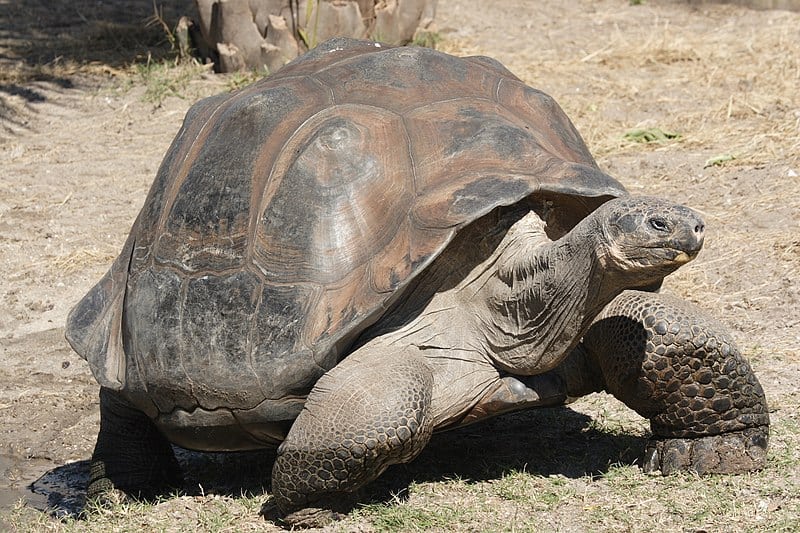
The Galápagos tortoise, a species that has become emblematic of the Galápagos Islands, is thriving in specialized sanctuaries dedicated to its conservation. These sanctuaries offer vast, natural habitats where the tortoises can live, breed, and roam freely. Conservation programs focus on breeding, rearing, and reintroducing tortoises into the wild to bolster dwindling populations. The sanctuaries also play a vital role in protecting the tortoises from threats like invasive species and habitat degradation. The work done in these sanctuaries is critical for the long-term survival of these ancient reptiles.
Iberian Lynx
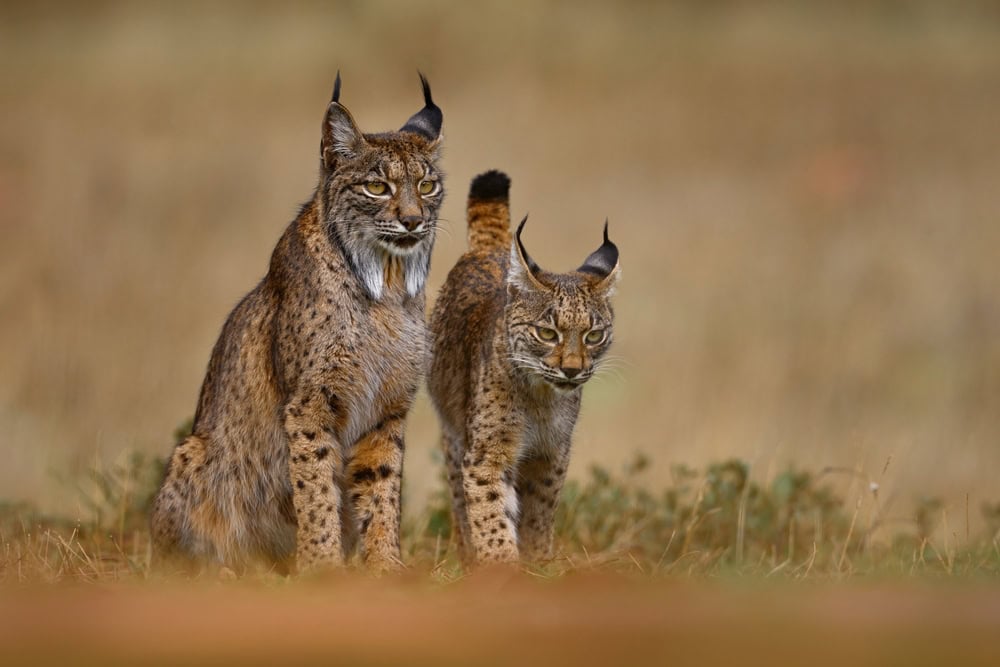
The Iberian lynx, once the most endangered feline species in the world, is making a remarkable comeback thanks to wildlife sanctuaries in Spain and Portugal. These sanctuaries provide the lynxes with protected environments where they can hunt, breed, and raise their young. Conservation programs focus on habitat restoration and prey availability, which are crucial for the lynx’s survival. Public awareness campaigns are also essential, helping to change perceptions and garner support for lynx conservation. The Iberian lynx’s future is looking brighter, thanks to these dedicated sanctuaries.
Komodo Dragon
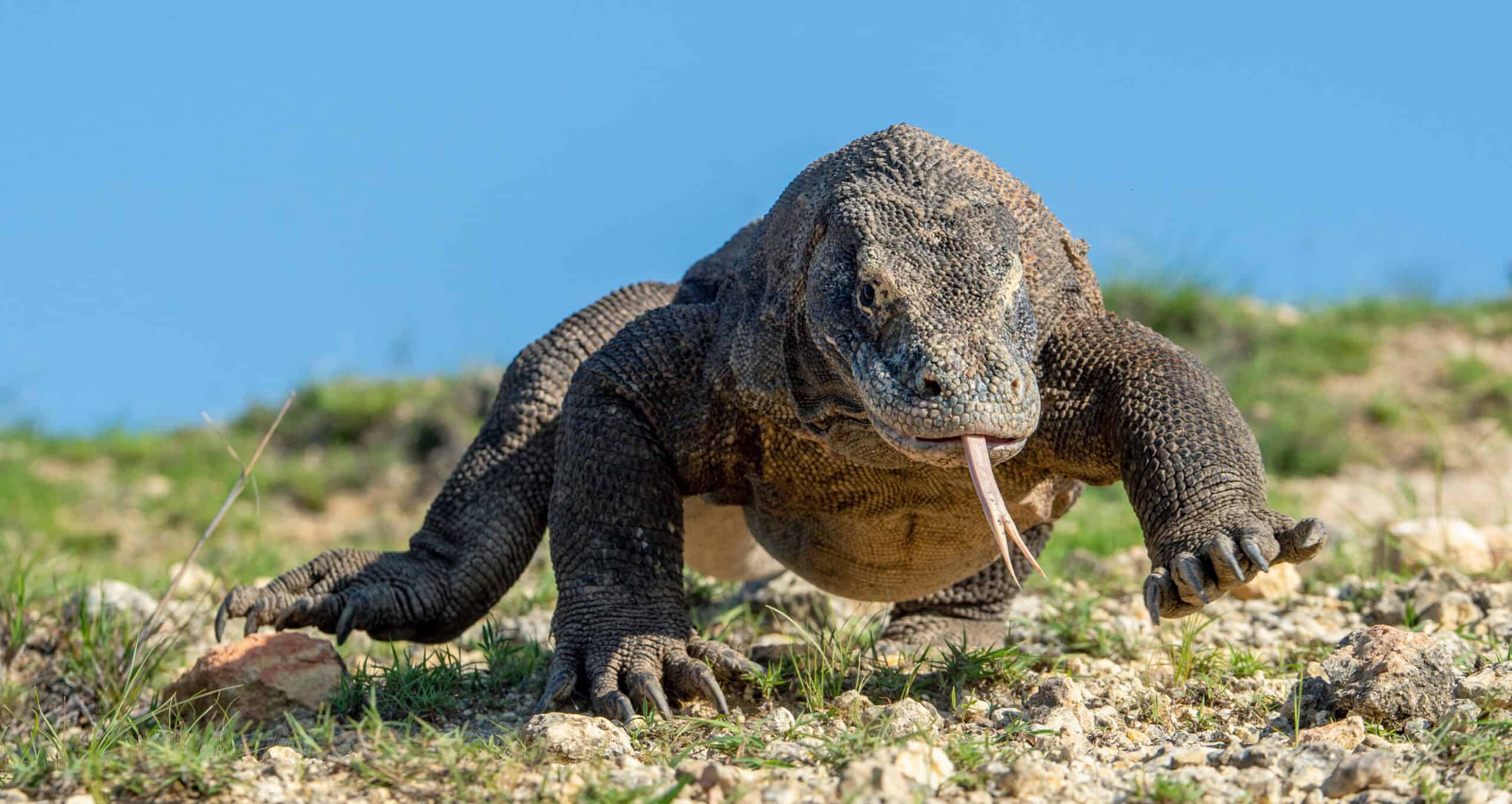
Komodo dragons, the largest living lizards, thrive in the protected environments of wildlife sanctuaries in Indonesia. These sanctuaries offer the dragons a safe haven where they can live and hunt without the threat of habitat loss or human interference. Conservation efforts include monitoring the dragon populations and protecting their natural habitats from encroachment. Sanctuaries also play a role in educating the public about these incredible reptiles and their importance to the ecosystem. The survival of the Komodo dragon is closely tied to the success of these conservation initiatives.
Mountain Gorilla
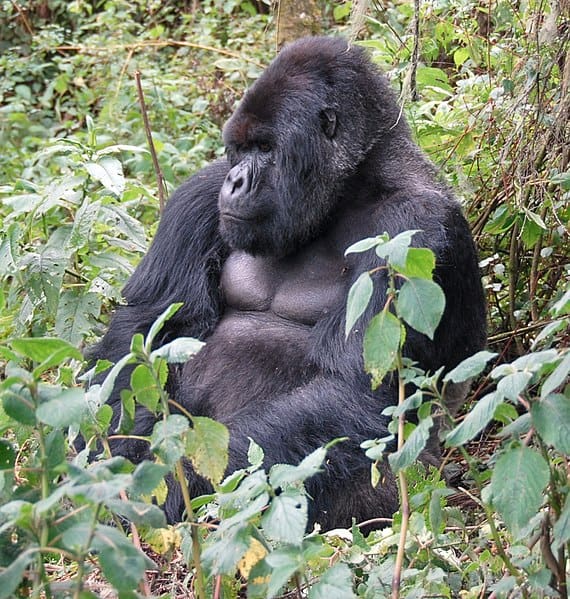
Mountain gorillas, critically endangered and found only in the high-altitude forests of East Africa, are flourishing in the protected areas of wildlife sanctuaries. These sanctuaries provide a safe and natural environment where the gorillas can live in family groups, forage, and raise their young. Conservation efforts include anti-poaching patrols and habitat preservation, both crucial for the gorillas’ survival. The sanctuaries also attract eco-tourists, whose visits help fund ongoing conservation programs. The future of the mountain gorilla depends on the continued protection offered by these sanctuaries.
White Lion
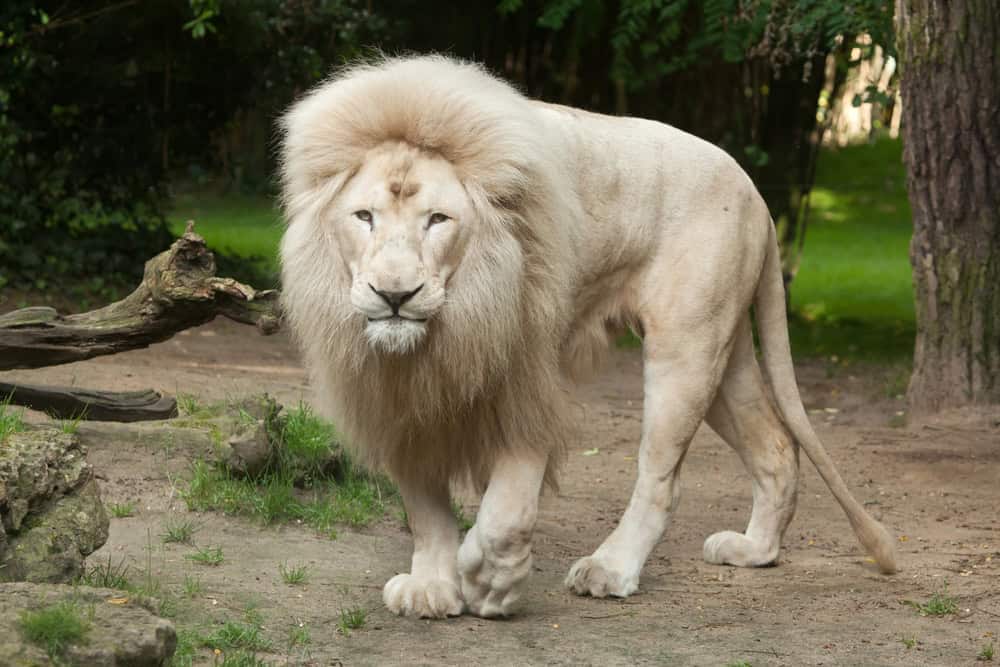
White lions, known for their rare and striking appearance, are thriving in wildlife sanctuaries in South Africa. These sanctuaries offer a controlled and protected environment where white lions can live and breed without the threat of poaching or habitat loss. Conservation programs focus on maintaining the genetic health of the white lion population and educating the public about their conservation status. Sanctuaries also serve as centers for research, contributing to a better understanding of white lion genetics and behavior. The survival of these majestic animals is closely linked to the efforts of these dedicated sanctuaries.
This article originally appeared on Rarest.org.
More From Rarest.Org

Paper art is more than just a craft. Itâs a journey into creativity and expression. Each technique holds its unique charm, rooted in history and tradition. These rare paper art methods can inspire new ideas and ignite your passion for paper crafts. Read more.
Hidden underground cities are marvels of human ingenuity and resourcefulness. Built for various purposes, these subterranean worlds have astonishing histories. From ancient shelters to secret wartime bunkers, these cities reveal stories of survival, mystery, and innovation. Read more.
When it comes to luxurious vacations, nothing is too extravagant. From private islands to exclusive safaris, these experiences redefine indulgence. Each package offers more than just a getawayâitâs a once-in-a-lifetime experience. Read more.

